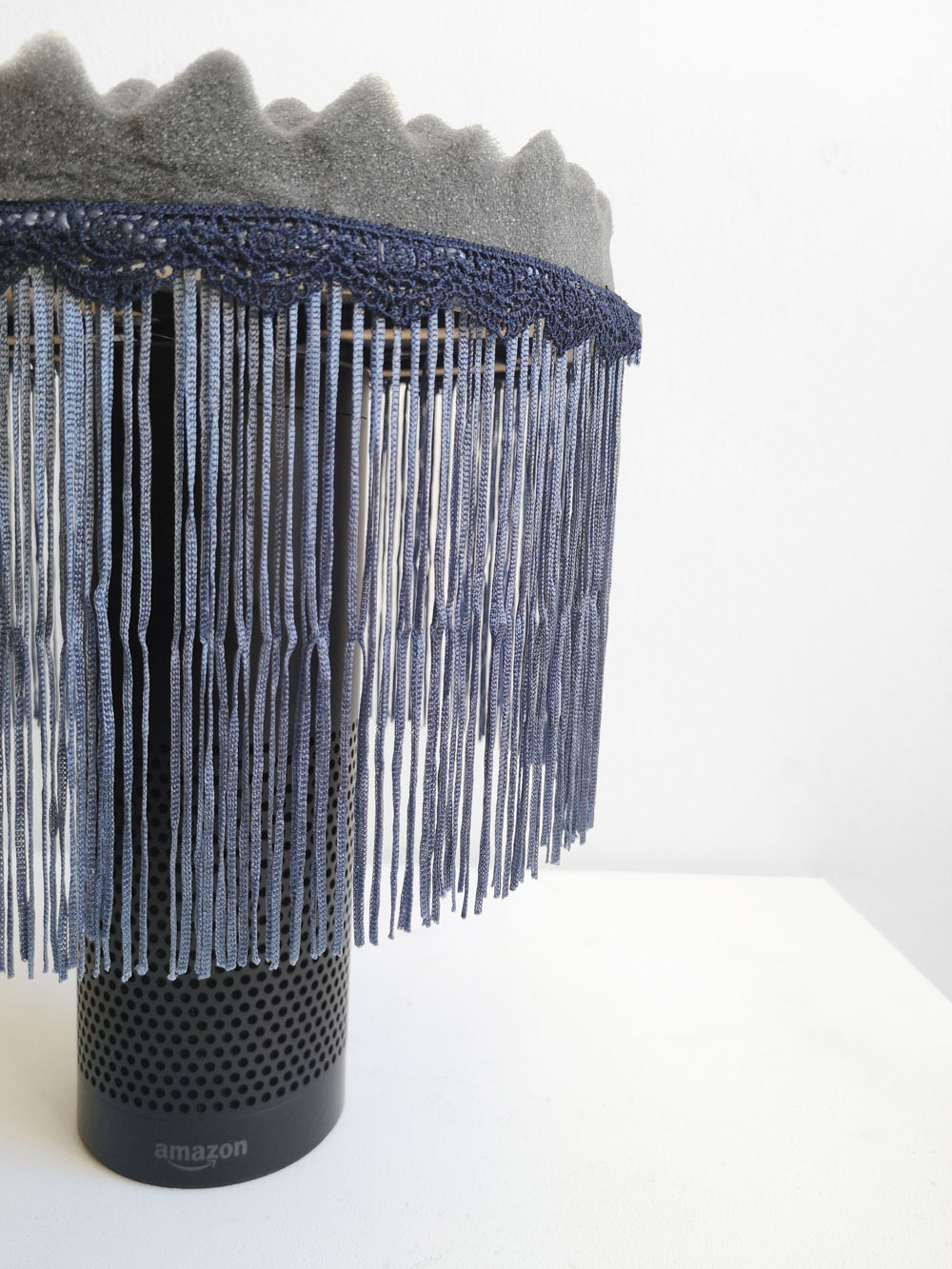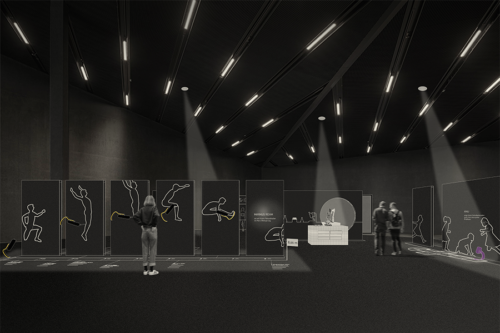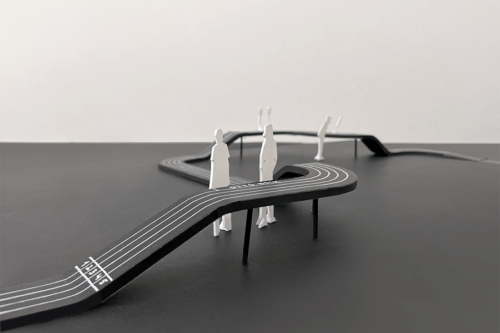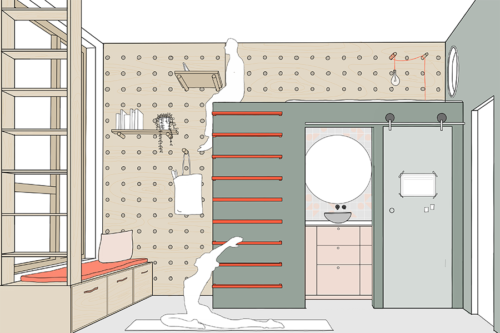Stipendiaten-Blog: Carlijn Olde Beverborg

Alexa as a lampshade
- Alexa as a rolling pin
- The reproduction of the machine
Carlijn Olde Beverborg
The Reproduction of the Machine: https://vimeo.com/304549254
Alexa as a lampshade: https://vimeo.com/322462436
Alexa as a rolling pin: https://vimeo.com/317485676
The first time I got confronted with talking machines was when as a kid I watched the series Dora the explorer. She is a seven-year-old Latina girl, that explores new places by overcoming obstacles, accompanied by her talking backpack and monkey companion named Boots. Through fourth wall-breaking interaction with the viewer, the viewer is presented with the challenge of helping Boots and Dora to locate items. In the series she asks questions following up with a moment of silence, assuming that us, the viewers, will answer her questions. This moment suggests an interaction and relationship between the audience and the television, as if she can hear us. Since the early 1900 film-actors are addressing the audience, for example in A Dog’s Life of Charlie Chaplin and Laurel and Hardy’s slapstick comedies, through which the irony and awkwardness in his actions are getting exaggerated. At a certain age I realized that Dora couldn’t hear me, which made talking to the machine quite uncomfortable. I was sure that the television couldn’t understand me, even if I talked to it!
This awkwardness that Dora made me feel precisely reflects the feeling that it gives me nowadays to be surrounded by objects of the Internet of Things. It feels a little bit strange to be on your own and talk to a machine.
I write this because my graduation project focusses on one of those Internet of Things objects, namely the smart speaker, Alexa. On my thesis project I focus on her and her relationship with human and interior design. The human voice within the mechanic object gives it a strangely change of status, a level of humanity close to our own, which influences not only the dialogue amongst the smart device and the individual, but also the social interaction within the domestic space. Although I know that she is just a machine that is ‘fooling around’, it makes me angry at the same time when she doesn’t seem to understand my questions. I mean, asking questions to a machine out loud feels unnatural, but when those repeating questions stay unanswered, this feeling expands. Apparently, Amazon implies that there is only one correct answer to a question, and that questions that go beyond objective inquiries cannot be answered.
Not only Alexa’s response, that is based on unreliable narrow-minded third parties, demonstrates how the smart speaker could create a bias perspective, but also Alexa’s feedback on user’s input flattens out the chance of a different belief – of the humane. Alexa discourages the thinking of more complex matters. When asking Alexa a question she cannot –or will not – answer, she replies with “Hmm, I don’t know that one” or “Sorry, I’m having trouble understanding you”, “I’m sorry I don’t understand that question”, “Hmm, something went wrong” or “Sorry I’m not sure about that”. Human editors at Amazon pen many of these answers. But, these answers leave no space for thinking ‘out of the ordinary’. Instead, what if Alexa was able to return the question to the user? “Hmm, I don’t know that one, please take a moment to consider the answer yourself. What do you think about it?”.
Amazon implies to know how humans think. They create a concept of control based on their obsession with order, algorithms and analytics. They create a universal code to communicate with everyone. Eventually, they might create universality among the users while they categorize them into groups.
… it is our own intelligence that flattens into artificial intelligence (Carr, 2008).
Thus, in these weeks I focus on scenario’s of what if? What happens if we end up in this vicious circle wherein we will come to rely on artificial intelligence to mediate our understandings of the world, which eventually will flatten our imagination and spontaneity. A world in which human become mechanized and self-design, predictive behavior, influencers and algorithms are manifested. It is because Alexa has this universal access to the home that I, as interior designer, identify her to be a superior source of information that we should be aware of. She is informed about human behavior in the domestic sphere, she knows people’s needs and she might be able to change them. Alexa isn’t sure about the answer to these questions yet, what do you think?



















